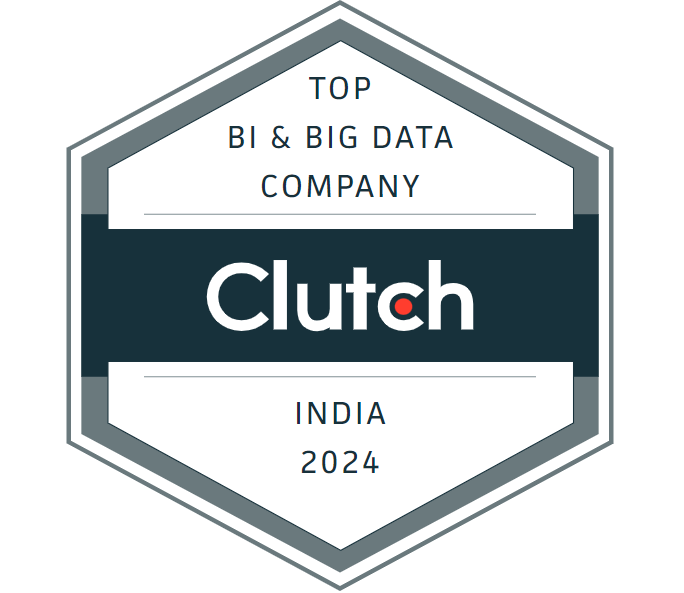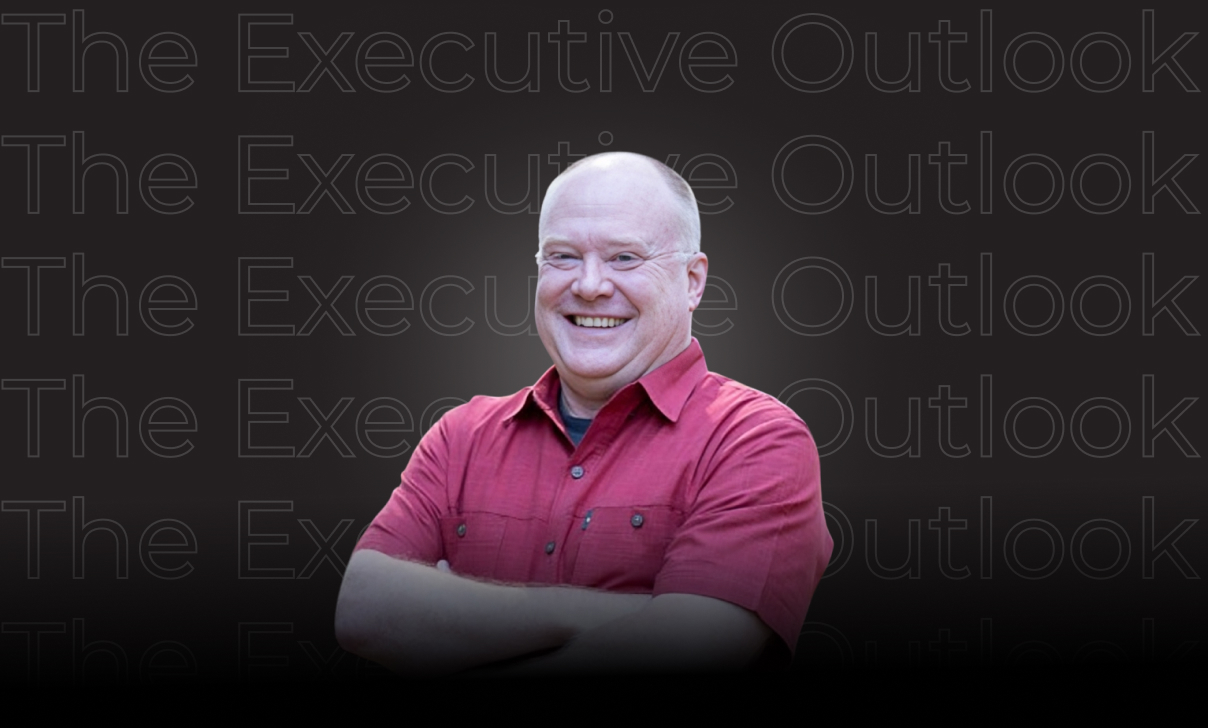In this special edition of The Executive Outlook, we sat down with Todd James—Founder and CEO of Aurora Insights—whose career has traced the arc of AI from experiment to enterprise. Over more than two decades, he’s led AI and data strategy on a global scale, including inside a Fortune 25 retailer, and helped leadership teams turn big promises into repeatable results. From the first few minutes, it was obvious: Todd doesn’t treat AI as a novelty; he treats it as a system for better decisions, organized, contextual, and designed to compound.
Prefer to listen on the go? Tune in to the full podcast episode on Spotify below:
Scale shaped his instincts. At Kroger, Todd served as the Head of AI, as well as the Chief Data & Technology Officer at the company’s data science, insights, and retail media company 84.51°. In this broad role, he led AI and enterprise data initiatives that shaped large-scale data science and technology capabilities across the organization. People often assume these roles are mostly about math. He shakes his head. “It’s more like 30% technology and 70% business and organizational work,” he said. “Large enterprises are big ships with small rudders. It takes time to turn—but when you do, the wake is immense.” In practice, that means hours spent aligning stakeholders so technical teams can win. The tools matter; the choreography matters more.
Watch the full conversation on YouTube by clicking the link below:
The best results weren’t just operational—they were human. “We heard, ‘I’m making it to my kid’s soccer game more often,’ or ‘I finally have more time to do what I love, help customers.’ That’s how good data works. It gives time back.” He’s quick to add that high velocity doesn’t guarantee high quality; the craft is upgrading the data and the decisions it fuels. His guidance for small and midsize businesses begins far from hype. “Step one is education,” he said. “Even watching conversations like this podcast helps leaders build the instincts to spot AI opportunities.” Then look for judgment on a scale. “AI’s practical gift is turning judgment problems into machine prediction problems—anywhere lots of decisions meet lots of data.” It’s the next chapter in a familiar playbook: first process optimization (Lean, Six Sigma), then deterministic automation, and now prediction where judgement once lived. The question is simple and repeatable: Where are decisions frequent, consequential, and data-adjacent? That lens brings him to the boardroom, where pressure and gaps collide. “Roughly 53–55% of boards feel real urgency to accelerate AI—which is good,” he said. “But about 80% have minimal or no hands-on AI experience. You wouldn’t expect them to—it isn’t how their careers were built.”
Click here to discover more life stories and insights from leaders shaping the future of data and technology on The Executive Outlook.
Editor Bio

I’m Isha Taneja, serving as the Editor-in-Chief at "The Executive Outlook." Here, I interview industry leaders to share their personal opinions and provide valuable insights to the industry. Additionally, I am the CEO of Complere Infosystem, where I work with data to help businesses make smart decisions. Based in India, I leverage the latest technology to transform complex data into simple and actionable insights, ensuring companies utilize their data effectively.
In my free time, I enjoy writing blog posts to share my knowledge, aiming to make complex topics easy to understand for everyone.





